Sure there are roads for us to follow through the desert, even towns with hotels to sleep in, but one of the nicest parts about The Sudan is that using the roads and towns is completely optional. We stuck to the road, but made sure to sleep under the stars.
Pulling up alongside the premier archaeological site of Sudan—the Pyramids of Meroe—around sunset the site’s caretaker directed us  around the large sand dune to a big spot of desert in the shadow of the pyramids. There were mountains of sand to one side, and tombs of the Kingdom of Kush on the other side. We pitched our tents and set the potjieon the fire and waited for dinner to be ready. This little episode came after we spent the afternoon off-roading a total of 60 kilometers visiting several sites where we were the only tourists to have signed the log book all week.
around the large sand dune to a big spot of desert in the shadow of the pyramids. There were mountains of sand to one side, and tombs of the Kingdom of Kush on the other side. We pitched our tents and set the potjieon the fire and waited for dinner to be ready. This little episode came after we spent the afternoon off-roading a total of 60 kilometers visiting several sites where we were the only tourists to have signed the log book all week.
The rule in Sudan is simple, sleep wherever you’d like. As we were in the middle of the Sahara Desert there weren’t exactly many locals around anyhow. That first night, near the pyramids, we were directed to a specific area to sleep but after that we merely looked for a nice hill to keep the sand from blowing into our tents. The weather was hot, but a cool 85F by morning if lucky. The stars clear The biggest concern not other people intruding, but needed to watch for scorpions everywhere you put your feet. (Ironically, the constellation Scorpio was coming into view)
The first two sights we visited—Naqa and Musawwarat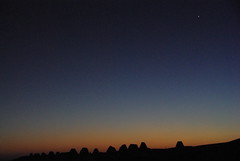 es-Sufra—were quite amazing. Smaller versions of some of the large attractions in Egypt, these temples were not only our own to explore but hadn’t been restored, providing us with countless ‘Indiana Jones’ moments. Outside of a small ticket building (where the guards had just caught a fresh rabbit and were quite excited for the feast they were about to share) the only other people around were using their mules to pull water from the well. Next up were the pyramids, the ones I mentioned above where we made our camp, which were also ours to explore alone. By comparison, I hear the pyramids at Giza are within the view of a few well positioned tables at the local Pizza Hut.
es-Sufra—were quite amazing. Smaller versions of some of the large attractions in Egypt, these temples were not only our own to explore but hadn’t been restored, providing us with countless ‘Indiana Jones’ moments. Outside of a small ticket building (where the guards had just caught a fresh rabbit and were quite excited for the feast they were about to share) the only other people around were using their mules to pull water from the well. Next up were the pyramids, the ones I mentioned above where we made our camp, which were also ours to explore alone. By comparison, I hear the pyramids at Giza are within the view of a few well positioned tables at the local Pizza Hut.
The camping was not without its challenges. Since it was a desert we really couldn’t leave anything behind at all…going so far as to burn our used toilet paper. The bathroom was always available once you dug a few inches into the sand and so long as you walked at least 50 meters from camp everyone was happy. The wind blew sand everywhere,
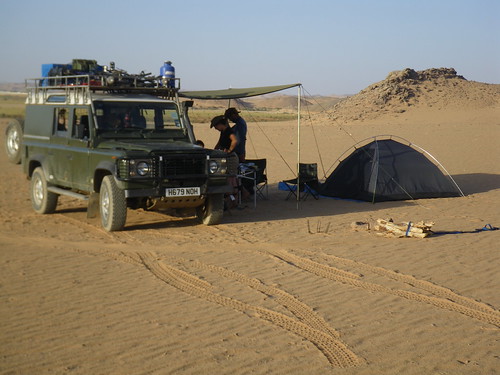
constantly providing us with a natural exfoliant free of charge, which also meant we didn’t even bother to change our clothes since the moment we did they were just as dirty as the last pair. The heat, naturally, was quite brutal (we intended to fry an egg on the sidewalk but never found a sidewalk) and our 25 liter jug was about enough water to last the four of us just 24 hours.
I can think of no other place where I will ever have the opportunity to repeat this experience. A nice breeze. An open fire. Good food and company. Silence and solitude for miles around.
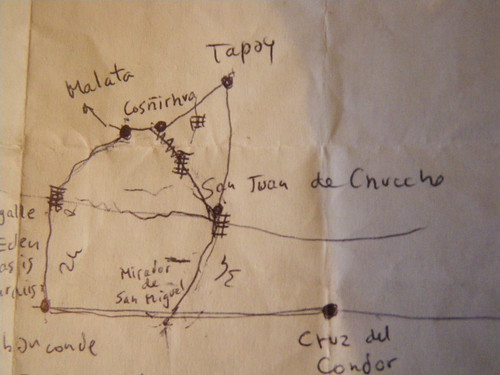

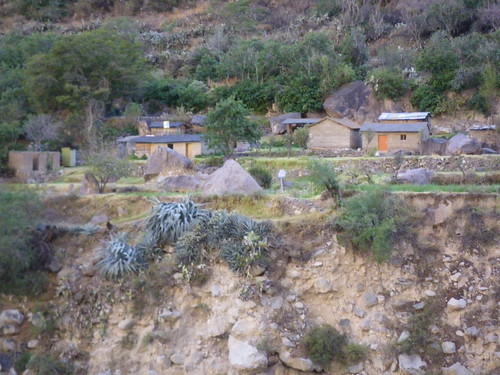


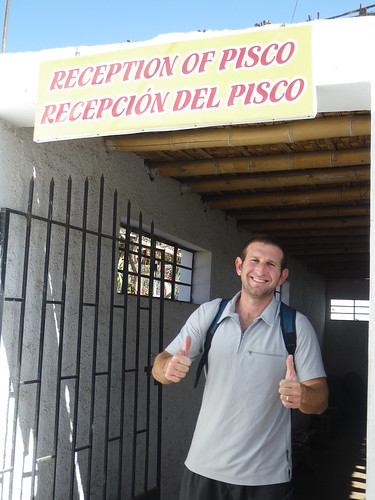
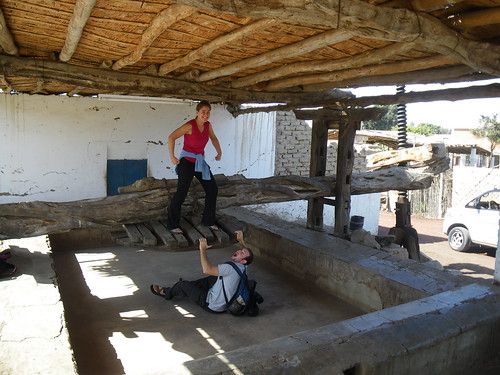



Recent Comments